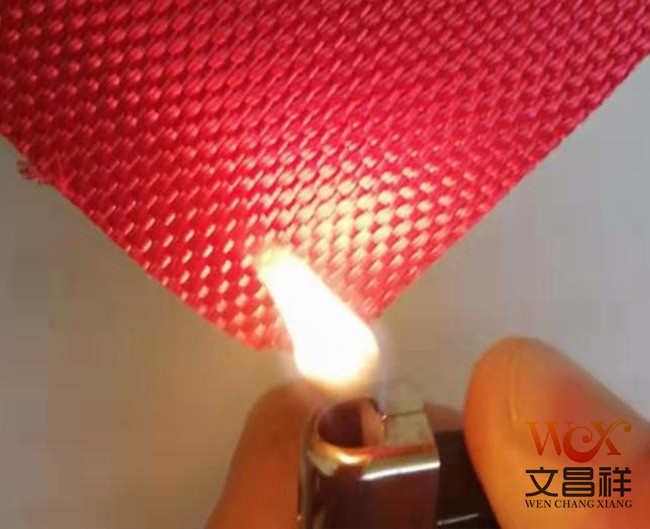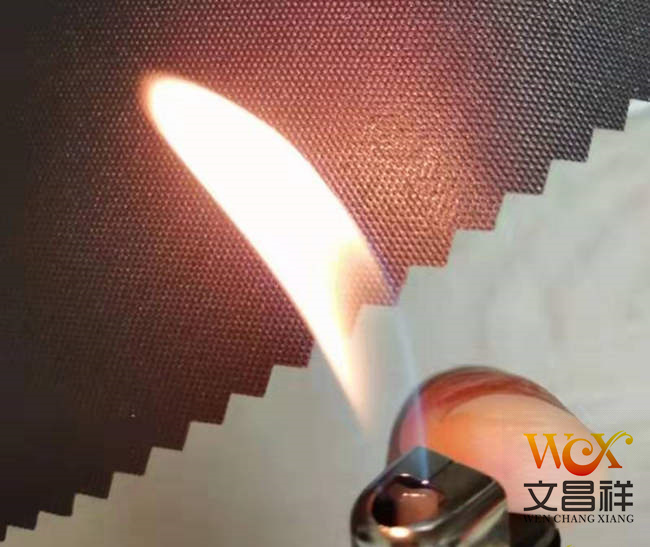Flame-retardant fabric means that after the fabric is flame-retardant, it can reduce its flammability when it comes into contact with a fire source, slow down the spread of flames, and prevent large-area burning. It will automatically extinguish quickly and will no longer continue to burn.

Flame retardant The requirements for flame retardants for fabric finishing are: fine particles, easy penetration into fibers, strong ability to combine with fibers, minimal impact on the strength, feel and color of the fabric, no adverse effects on dyeing and other auxiliaries, and can be used in printing and dyeing factories. Flame retardant finishing can be carried out on some equipment without special equipment.
Flame-retardant fiber can be divided into two categories for chemical fibers. One is that the fiber itself has flame-retardant properties; the other is that the fiber is modified to produce flame-retardant fiber. , that is, flame retardant modification of raw silk. Flame retardant modification of raw silk includes copolymerization method, blending method and graft modification method.

Flame retardant finishing mainly involves surface treatment of fabrics during the finishing process, that is, through adsorption deposition, chemical bonding, non-polar van der Waals force combination and adhesion, the flame retardant is fixed on the fabric, thereby obtaining Flame retardant effect.
Oxford cloth specifications: 1680D, 1200D, 900D, 600D, 420D, 300D, 210D, 150D, etc.
Oxford cloth functional classification: flame retardant Oxford cloth, waterproof fabric, PVC Oxford cloth, PU Oxford cloth, camouflage Oxford cloth, fluorescent Oxford cloth, printed Oxford cloth, composite Oxford cloth, etc.
</p






